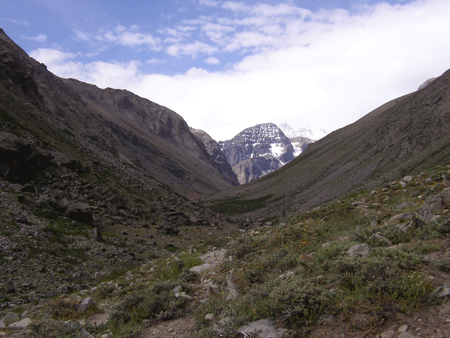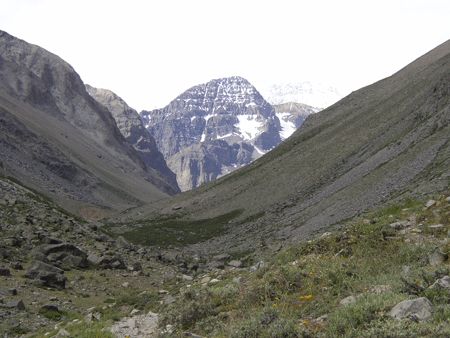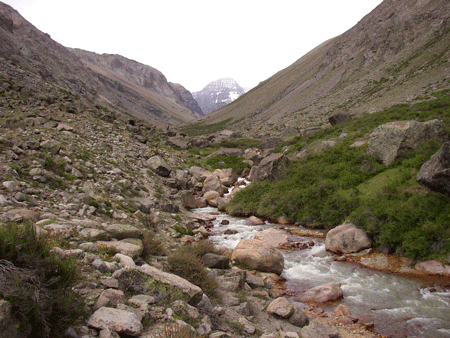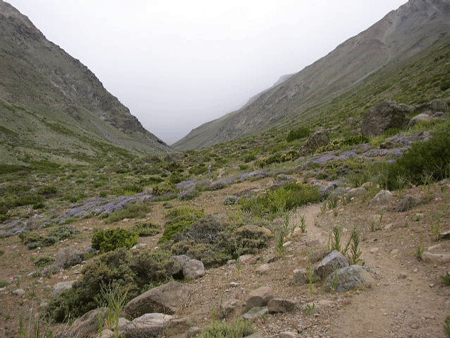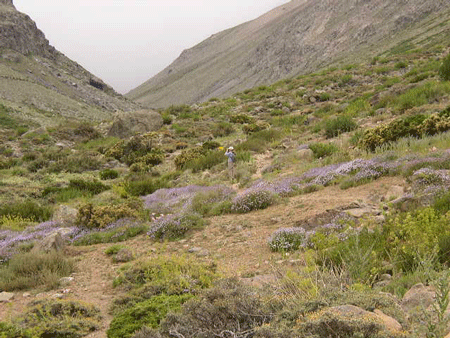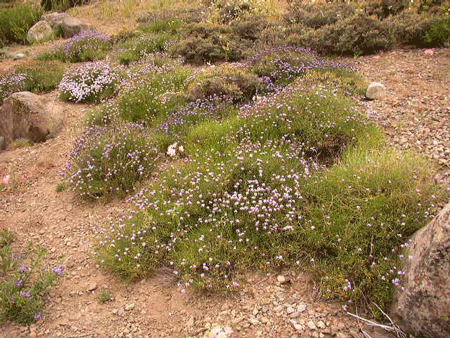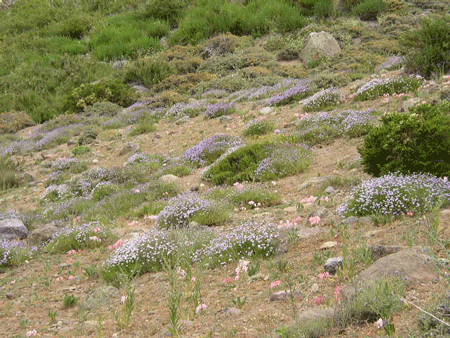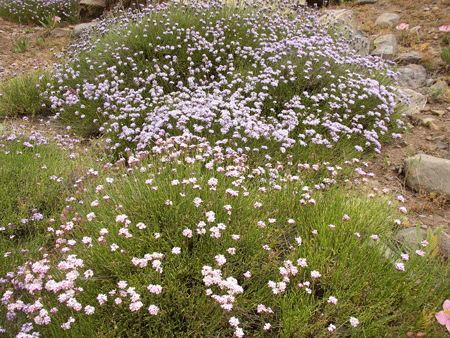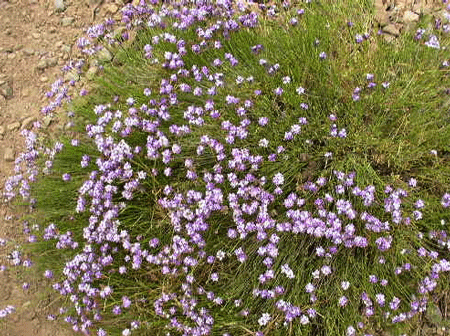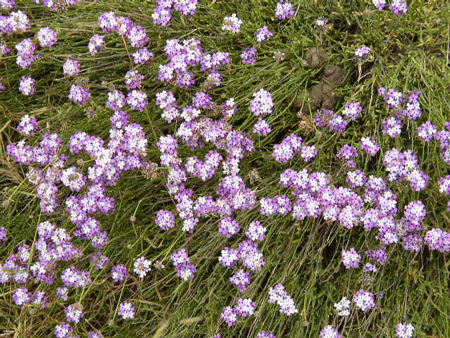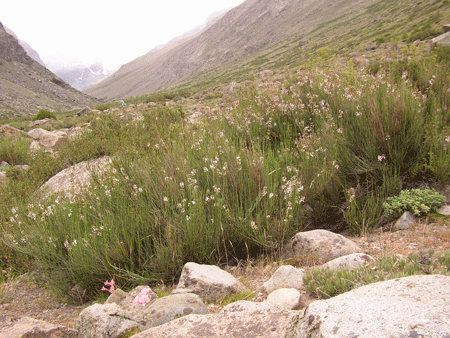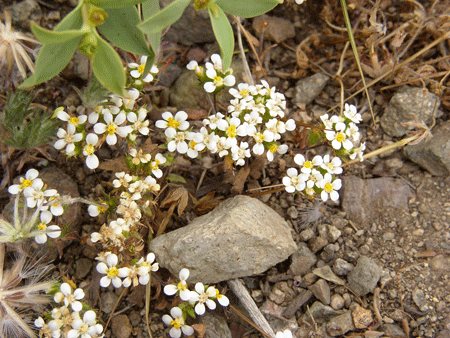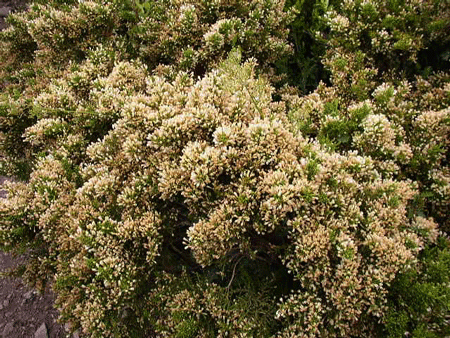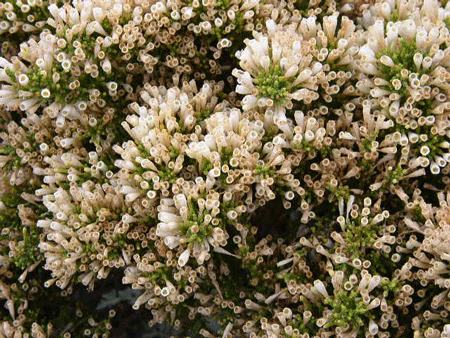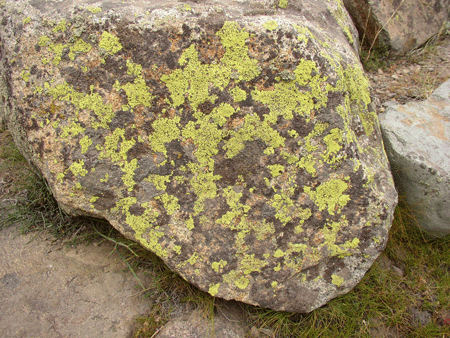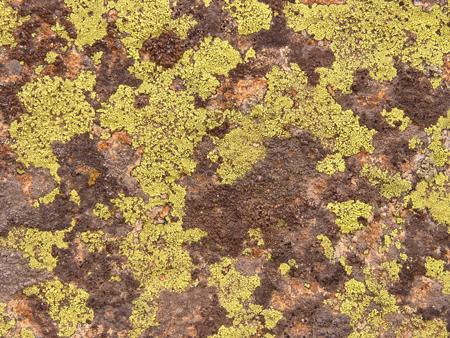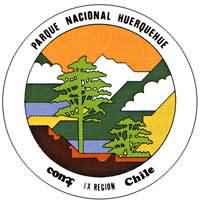
The nature preserve is located in a alpine glacially carved valley in the Central Andes immediately east of Santiago, just 25 km east on Camino a Farellones. A ski resort is located nearby, a bit to the south, where the winter Olympics were held way back when. The sanctuary is run by CONAF (National Forestry Corporation). The highest peak, at the upper end of the valley, is El Altar at 5,222 meters above mean sea level (msl). The stream (Yerba Loca) that flows through alpine valley originates at 3,900 m, below another peak, La Paloma. The water is very high in sulfates, making it unsuitable to drink.
Yerba Loca Nature Santuary ranges in elevation from 900 to 5,500 m msl.
The vegetation at Yerba Loca is an alpine scrub, dominated by chaparral-like low shrubs and a rich assemblage of perennial herbs. The santuary is named after an herb common in the area.
Below is a general map of Central Chile, which provides location information of where the sanctuary is in relation to Santiago and other key points.
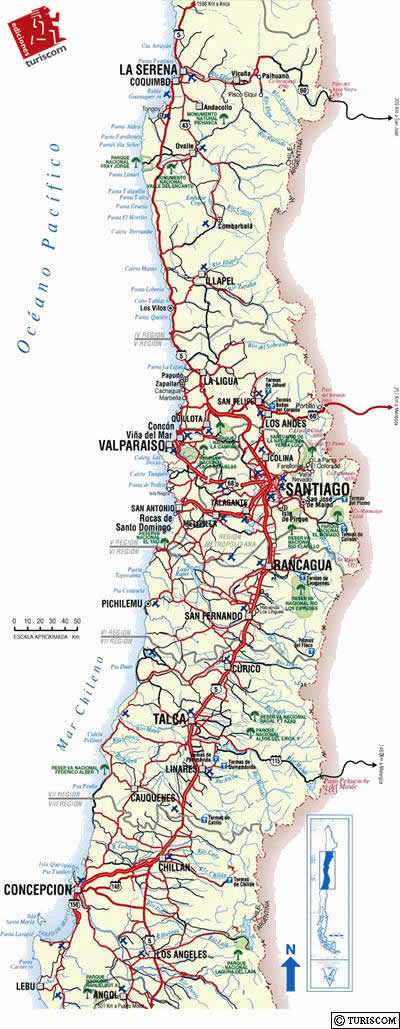
Yerba Loca is found due North above the "T" in Santiago, represented by the green area on the map (Yerba Loca text is too small to read on this map).
All photographs copyrighted by David L. Magney 2004.
